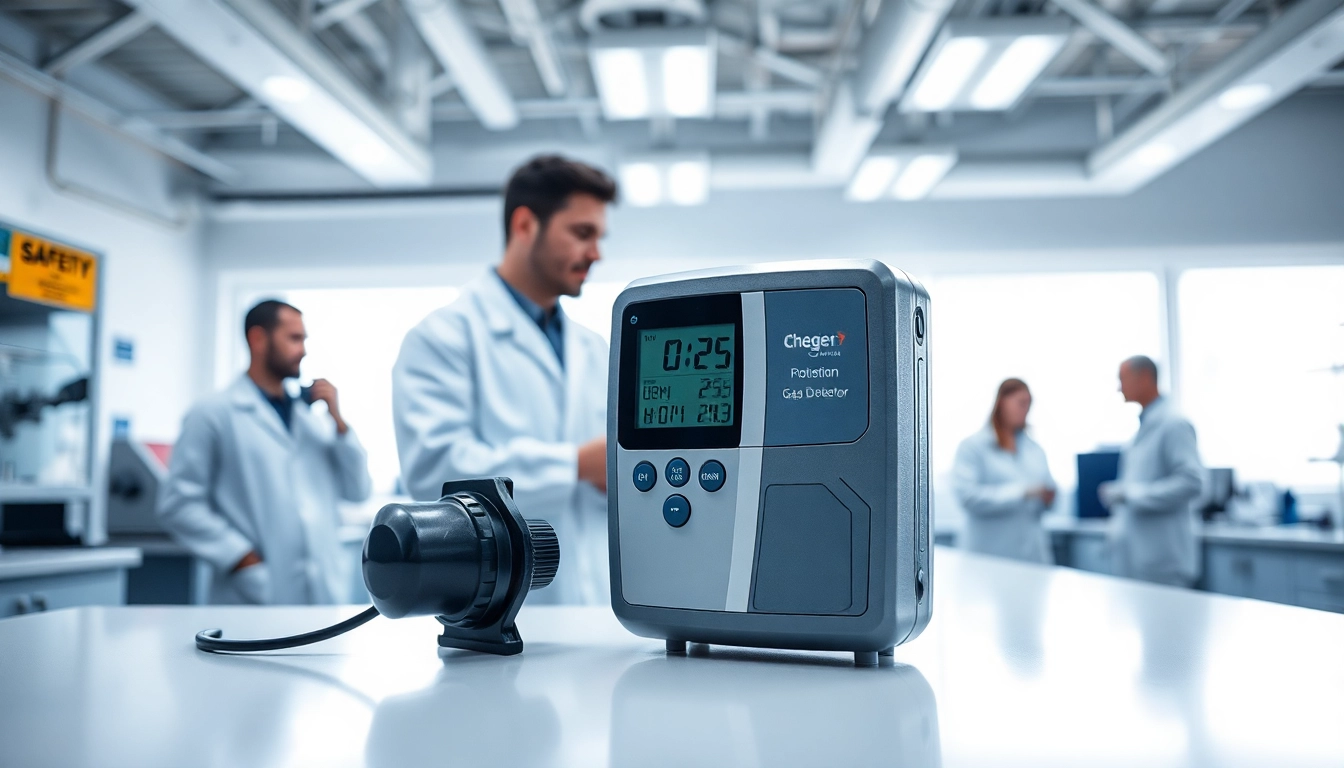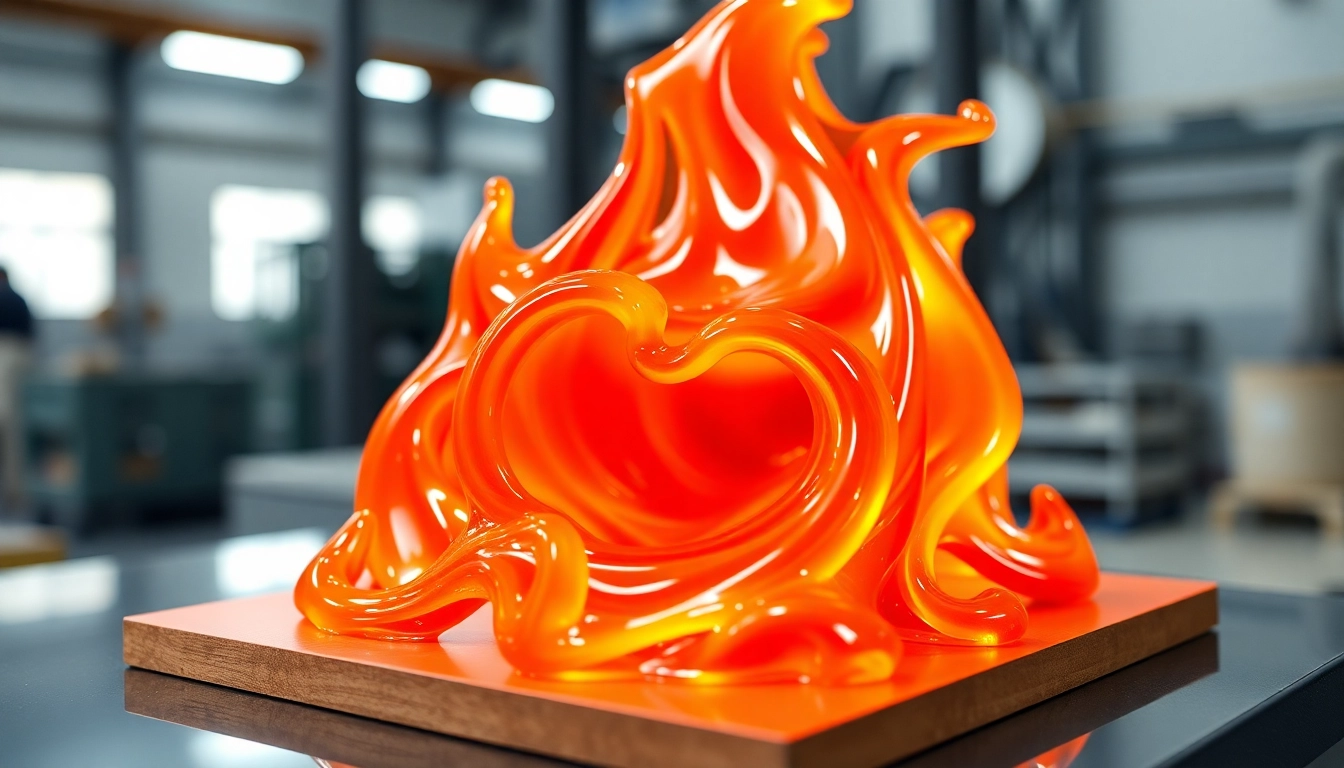Understanding Hydrogen Chloride and Its Hazards
What is Hydrogen Chloride?
Hydrogen Chloride (HCl) is a colorless gas at room temperature, known for its pungent, irritating odor that can be detected at low concentrations. It is highly soluble in water, forming hydrochloric acid, a strong acid that has widespread industrial applications. Often produced as a byproduct of various chemical processes, hydrogen chloride is primarily used in the production of chlorine, fertilizers, and dyes. The industrial significance of HCl cannot be overstated; however, its hazards warrant serious attention from safety professionals and industrial managers.
Health Risks Associated with Exposure
Exposure to hydrogen chloride can pose significant health risks. Inhalation of HCl vapors can lead to respiratory irritation, coughing, and bronchitis. Prolonged exposure may cause severe damage to respiratory tissues, and in extreme cases, it can result in pulmonary edema or asphyxiation. Skin and eye contact can lead to painful burns and permanent damage. The Occupational Safety and Health Administration (OSHA) has established permissible exposure limits (PELs) for hydrogen chloride, emphasizing the critical need for effective monitoring and detection in environments where HCl is present.
Importance of Detection in Industrial Settings
Given the hazardous nature of hydrogen chloride, the importance of early detection cannot be overstated. Monitoring environments for HCl concentrations is vital for ensuring the safety of workers and maintaining compliance with federal regulations. Early detection allows for quick evacuation and emergency responses, significantly reducing the likelihood of injuries or accidents in industrial settings. An effective Hydrogen Chloride gas detector is essential for real-time monitoring, helping organizations to maintain a safe work environment and uphold industry standards.
How Hydrogen Chloride Gas Detectors Work
Principles of Gas Detection
Hydrogen chloride gas detectors operate on various principles, with the most common being electrochemical, infrared, and metal oxide semiconductor technologies. Electrochemical sensors measure the concentration of gas by generating a current proportional to the amount of HCl present. Infrared sensors detect gas concentrations by measuring the absorption of infrared light, providing highly accurate readings. Metal oxide semiconductor sensors use a change in electrical resistance to identify gas levels and can be suitable for detecting low concentrations of hydrogen chloride. Each detection method has unique advantages and applications, making it essential for industries to select detectors suited to their specific needs.
Types of Hydrogen Chloride Gas Detectors
There are numerous models of hydrogen chloride detectors, each designed with distinct features and functionalities. Portable detectors are essential for safety officers conducting fieldwork or inspections, allowing for quick assessments in various locations. Fixed or stationary detectors are installed in locations where HCl exposure is predictable, providing continuous monitoring. Some advanced systems come with connectivity features that allow for integration with alarm systems and data logging tools, enabling businesses to track exposure levels over time and improve safety protocols.
How to Choose the Right Detector
Choosing the right hydrogen chloride gas detector involves assessing several factors. First, consider the expected concentration levels and the environment in which the detector will be used. Is the gas likely to accumulate in confined spaces, or will it be present in open areas? Additionally, evaluate whether the detector needs to be portable or fixed, depending on your operation’s needs. Features such as sensitivity, response time, maintenance requirements, and whether the unit is intrinsically safe for hazardous environments should also factor into the decision-making process. Consultation with safety experts and a review of industry standards can provide further guidance in selecting the most appropriate gas detection technologies.
Installation and Maintenance Best Practices
Installation Guidelines for Optimal Performance
Proper installation of hydrogen chloride gas detectors is paramount for ensuring accurate and reliable performance. Detectors should be installed in locations where HCl is likely to accumulate, taking airflow patterns into account to avoid faulty readings. Follow manufacturer guidelines for installation height and mounting techniques. It’s advantageous to position the detector at eye level or within the designated range of HCl concentrations; this positioning is critical for both effectiveness and accessibility. Additionally, ensure that the detector is protected from exposure to environmental extremes that could affect its operation.
Routine Maintenance and Calibration
Regular maintenance and calibration are vital for the continued performance of hydrogen chloride detectors. Establishing a routine maintenance schedule helps to ensure that the sensors remain accurate and functional. Calibration should be conducted according to the manufacturer’s recommendations and typically involves exposure to known concentrations of hydrogen chloride for verification. Regular inspections can also help identify signs of wear, damage, or contamination of sensor components, which can compromise detection capabilities.
Common Troubleshooting Tips
Despite regular maintenance, issues with hydrogen chloride gas detectors may occasionally arise. Common problems include false alarms, delayed response times, and failure to detect HCl altogether. If a detector is experiencing false alarms, check the installation environment for factors such as the presence of other chemicals or temperature fluctuations that could influence readings. For delayed responses, verify that the detector is calibrated correctly and that the sensor is clean and free of debris. If a detector fails to respond, it could lack power or require sensor replacement. Always consult the user manual for troubleshooting steps specific to the model in use.
Real-World Applications of Hydrogen Chloride Gas Detectors
Industries That Benefit from Gas Detection
A variety of industries utilize hydrogen chloride gas detectors due to the dangers associated with HCl exposure. Chemical manufacturing plants often produce hydrogen chloride and must ensure that workers are protected from leaks and exposure. Additionally, oil refineries, metal processing facilities, and waste treatment plants handle byproducts containing hydrogen chloride, necessitating effective monitoring systems. Construction sites may also use hydrogen chloride during certain demolition and cleaning processes, further underscoring the need for robust detection solutions.
Case Studies: Successful Implementations
Several companies have successfully implemented hydrogen chloride gas detectors, leading to improved safety and compliance within their operations. For instance, a major chemical plant in the Midwest installed a network of fixed hydrogen chloride detectors throughout their facility. This proactive approach allowed them to detect leaks early, significantly reducing exposure risks and enhancing their safety record. Another case involved a waste treatment plant that adopted portable detectors for their field operations. This change led to timely evacuations and response actions, further safeguarding workers and eliminating potential regulatory fines.
Cost Implications and Return on Investment
Investing in hydrogen chloride gas detection systems can have significant cost implications, but it is important to assess the long-term return on investment (ROI). The initial costs of purchasing and installing detectors can be offset by reducing the risk of workplace accidents, regulatory compliance violations, and potential fines. The ability to prevent catastrophic events not only protects employees but also safeguards company reputation and financial standing. Additionally, improved monitoring can enhance operational efficiency by allowing companies to react swiftly to leaks, ultimately saving both time and resources.
The Future of Hydrogen Chloride Detection Technologies
Latest Innovations in Gas Detection
The field of gas detection technology is rapidly evolving, with continuous innovations aimed at improving accuracy and user experience. Emerging technologies, such as remote sensing and data analytics, promise to enhance the capabilities of hydrogen chloride detectors. New algorithms can analyze exposure patterns and predict potential safety maintenance, enabling organizations to implement proactive measures. Additionally, the advent of smart detectors that integrate with Internet of Things (IoT) platforms allows for real-time monitoring and data sharing, improving responsiveness and operational oversight.
Sustainable Practices in Gas Monitoring
As industries become more focused on sustainability, there is a growing emphasis on adopting eco-friendly practices in gas monitoring. This includes using energy-efficient detectors, implementing systems that reduce waste, and adopting maintenance practices that minimize environmental impacts. Furthermore, by integrating gas detection with energy management systems, companies can optimize their energy consumption while bolstering safety effectiveness. Sustainable monitoring not only addresses environmental concerns but can also enhance a company’s image, aligning with global sustainability goals.
Preparing for Regulatory Changes
The landscape of environmental regulations is continuously changing, particularly concerning exposure limits and safety protocols related to hazardous gases such as hydrogen chloride. Organizations must stay abreast of regulatory changes to ensure compliance and protect their employees. Preparing for impending regulations can require reevaluating current safety measures, upgrading detection systems, and enhancing training programs for staff. Regular audits and compliance checks are essential in this preparation, allowing companies to adapt swiftly to changes in legislation and ensuring a safe working environment.



